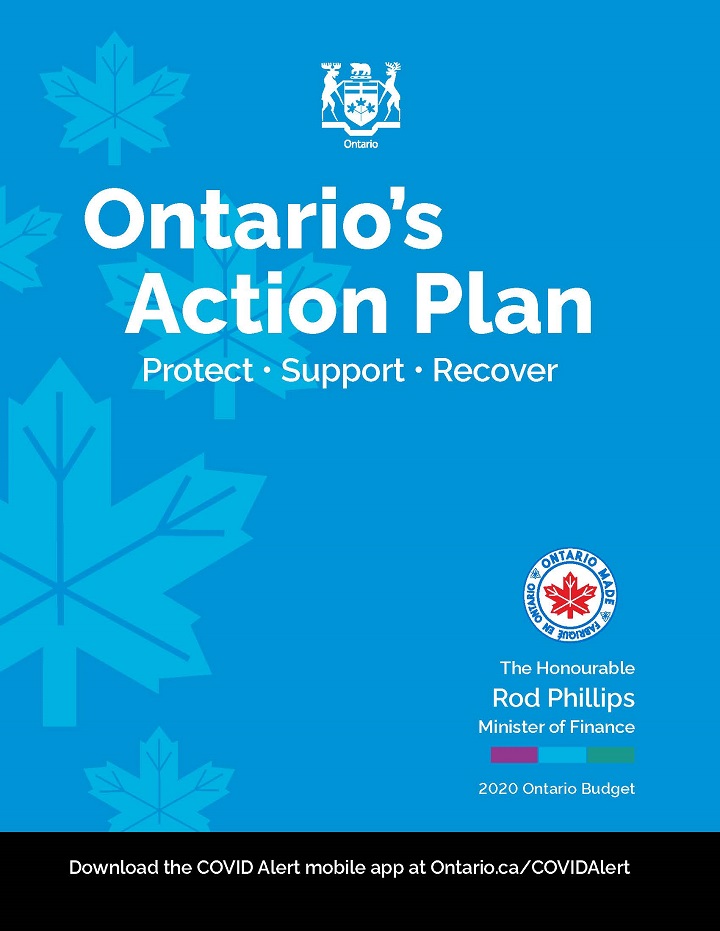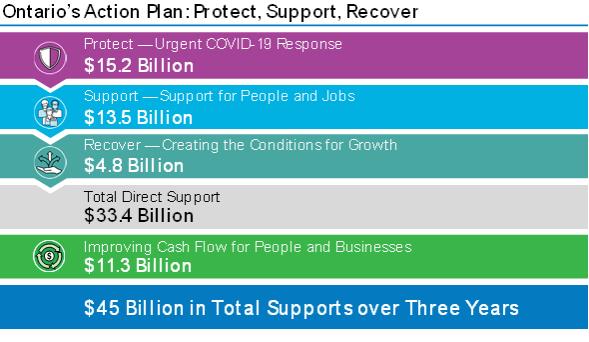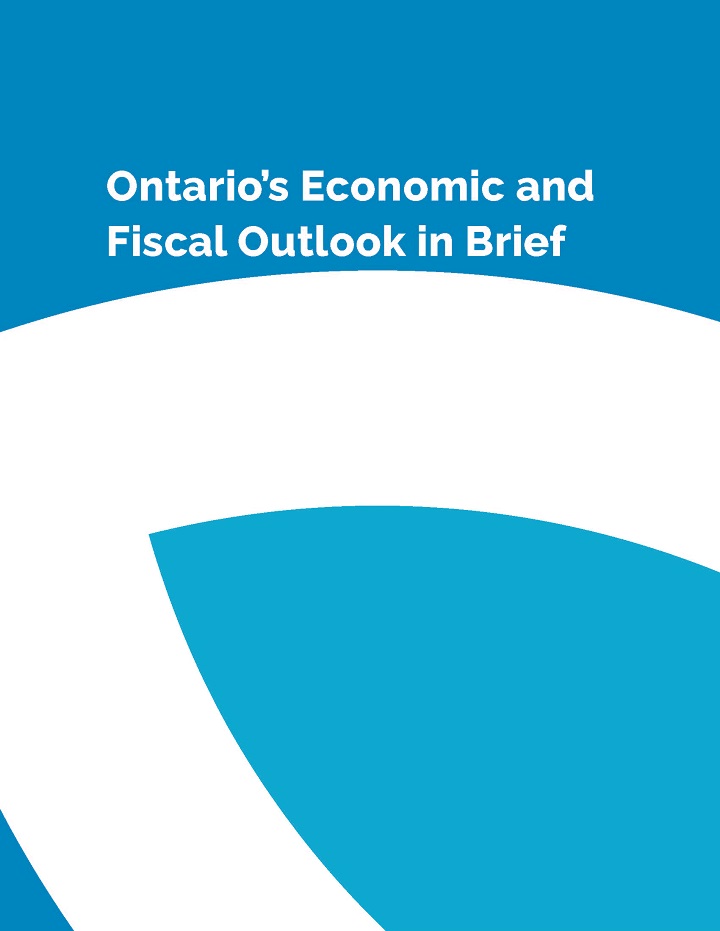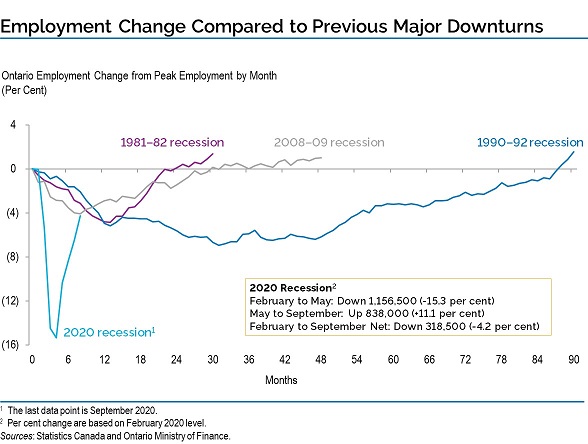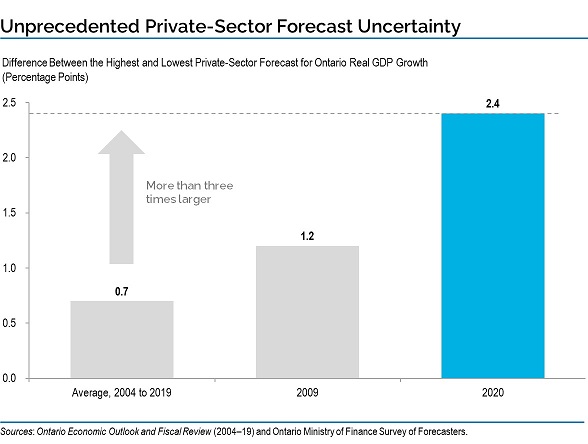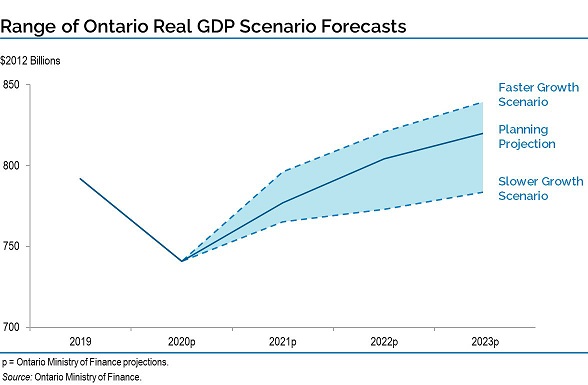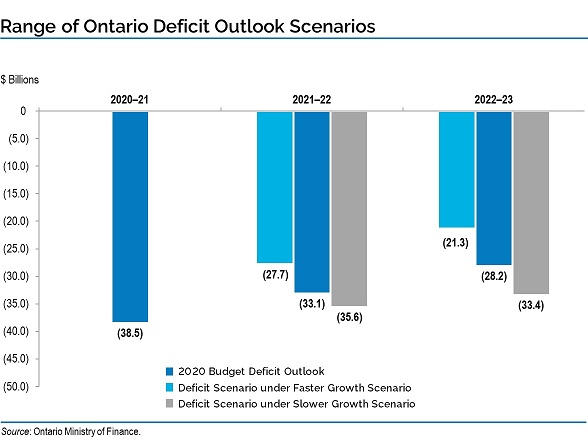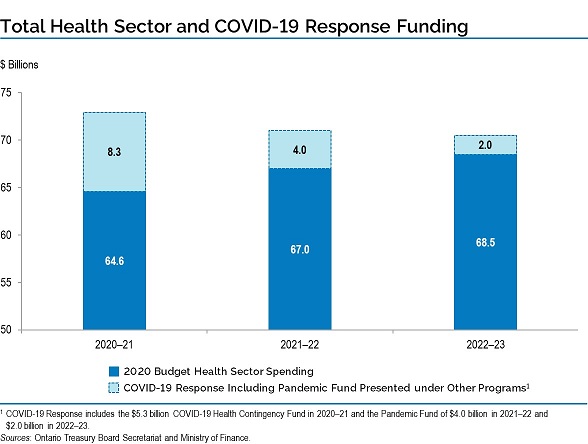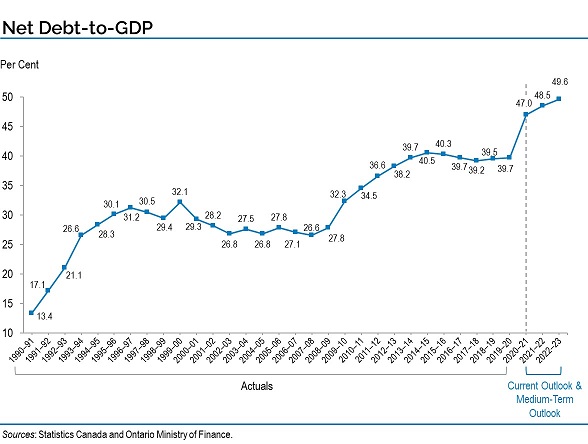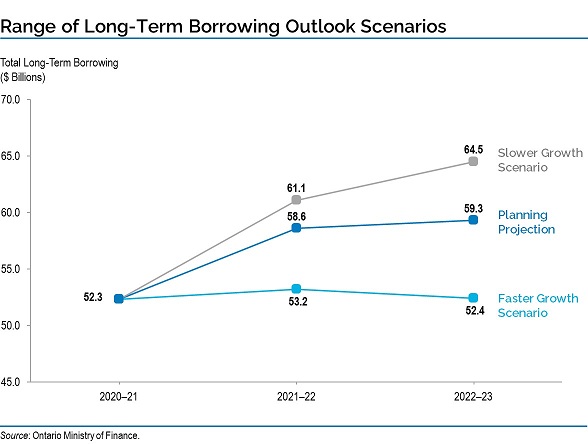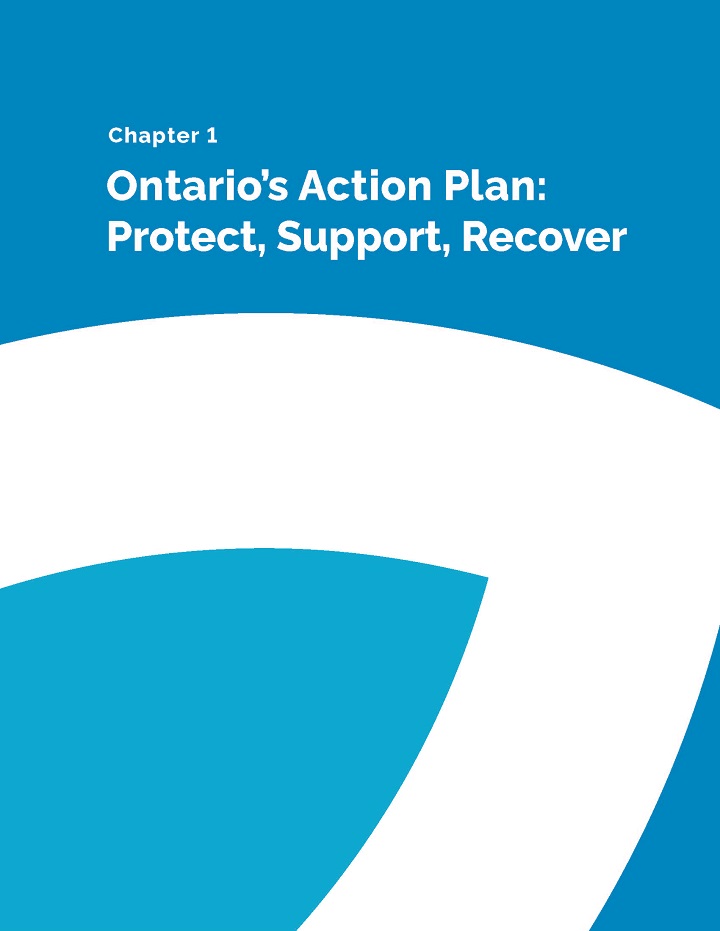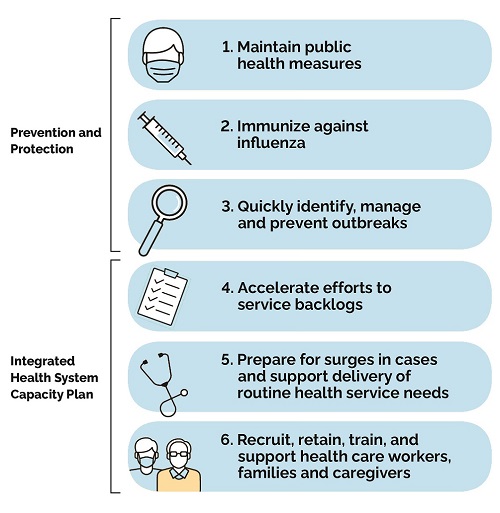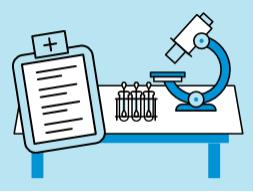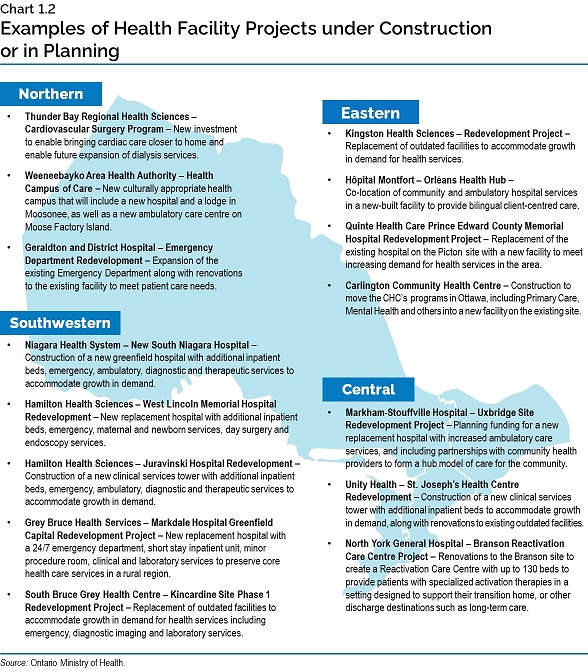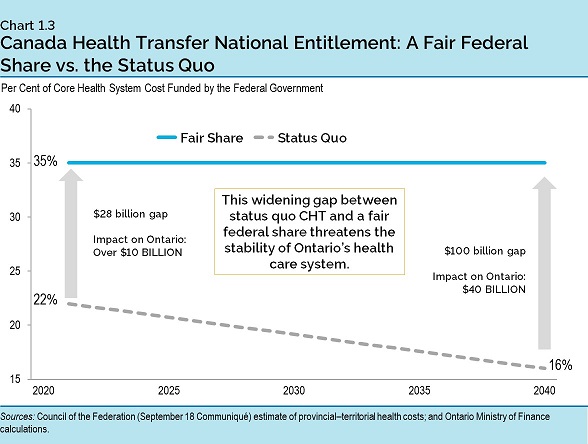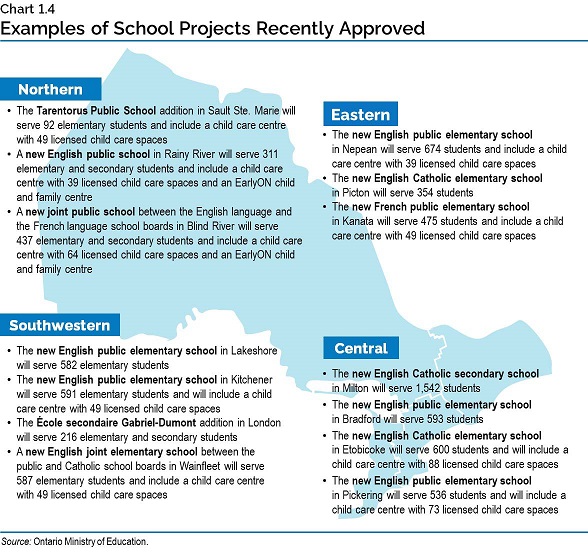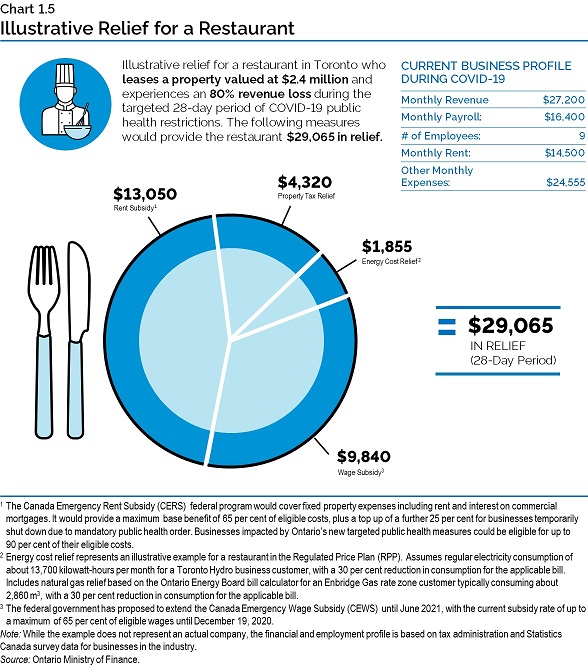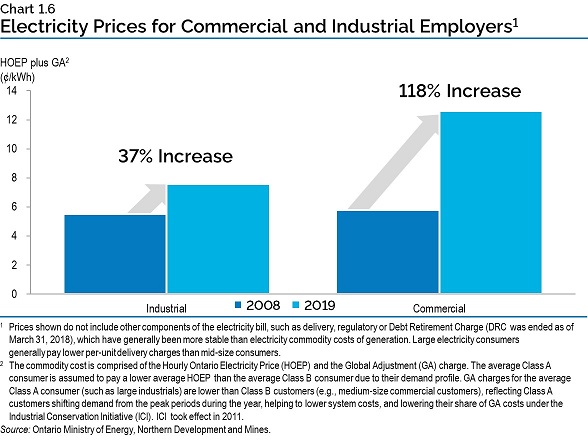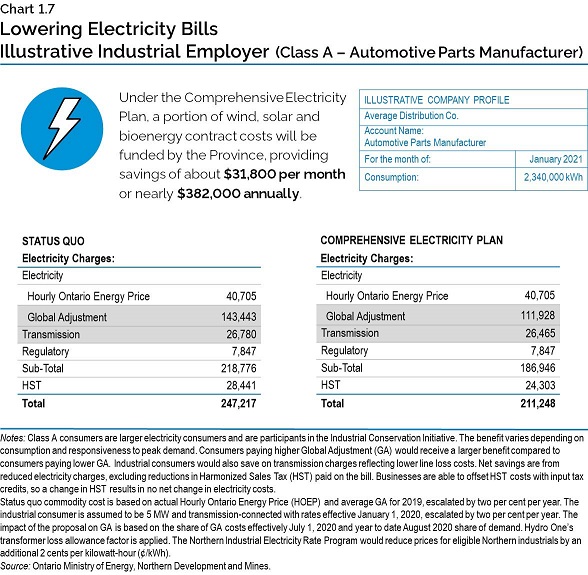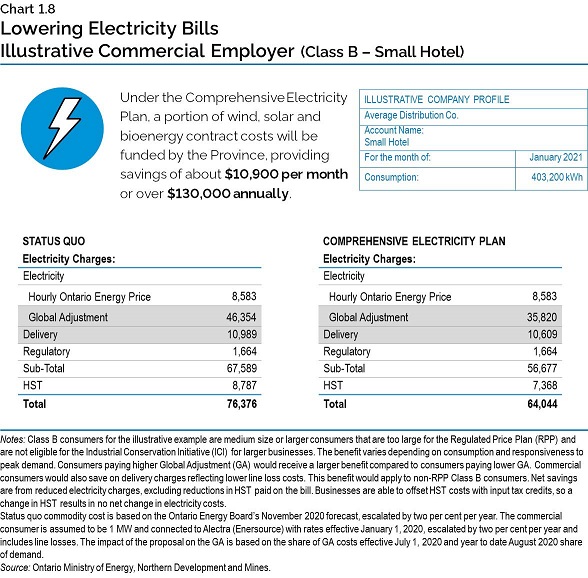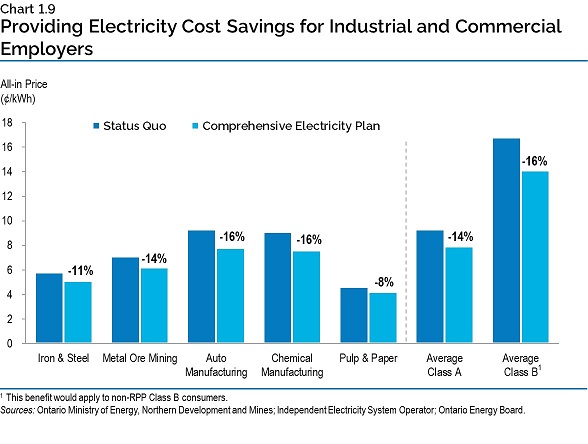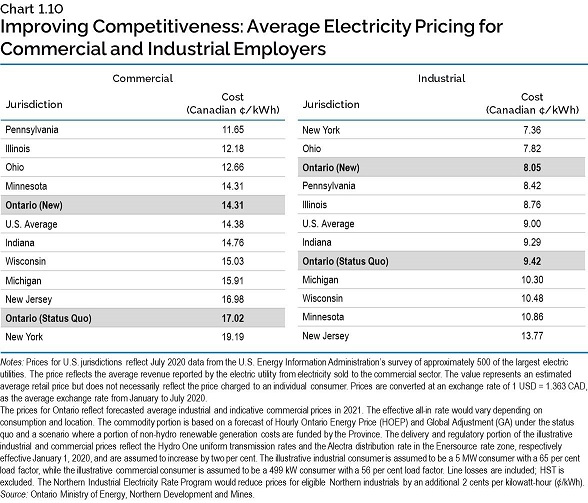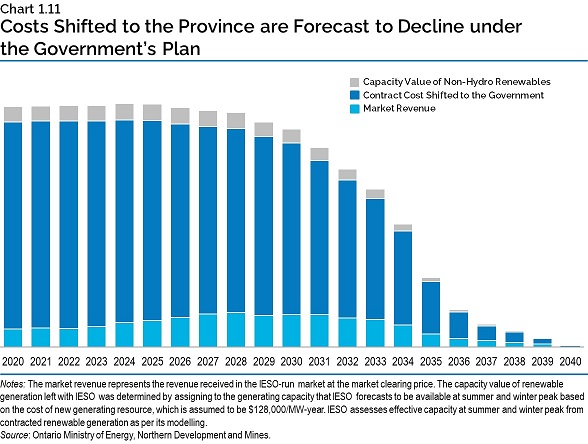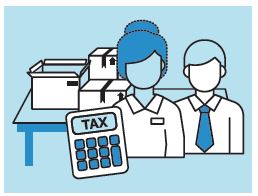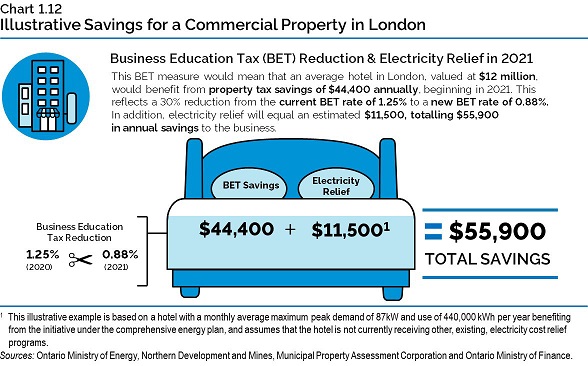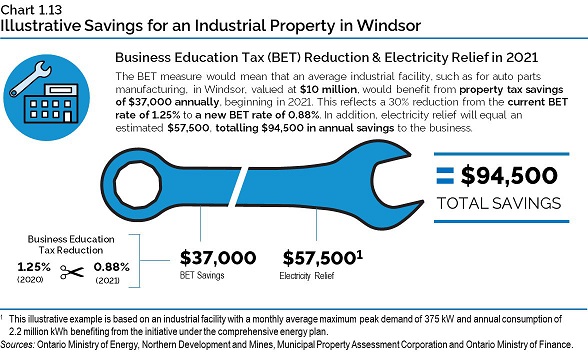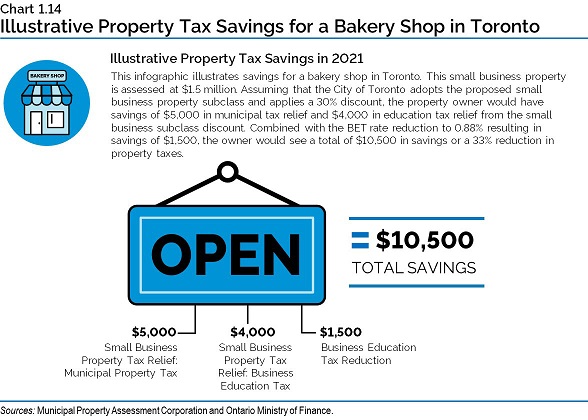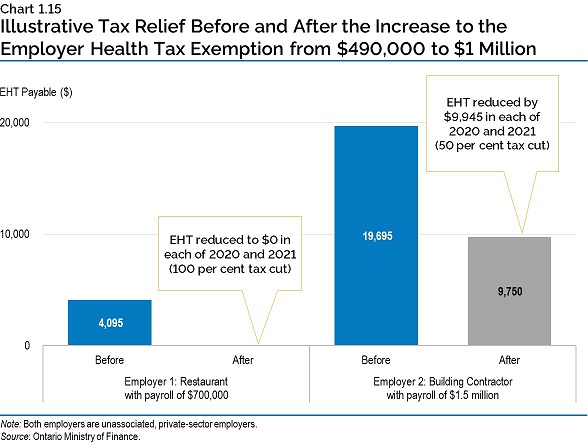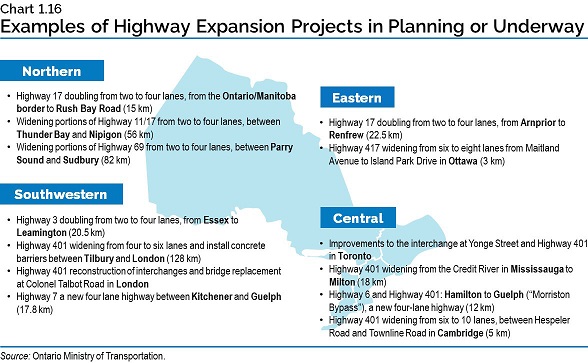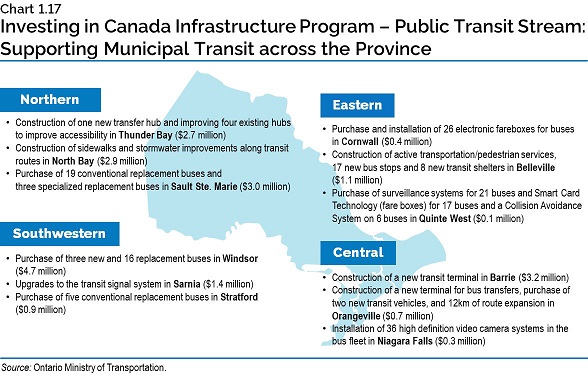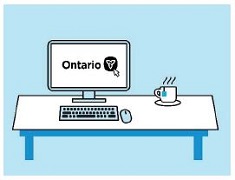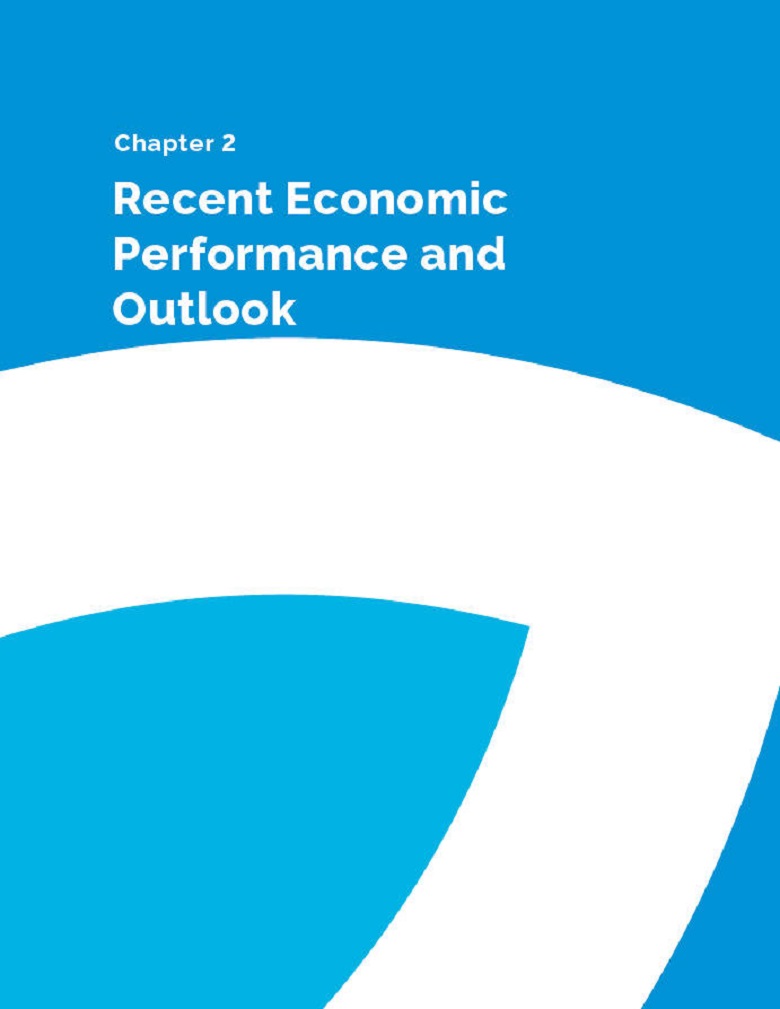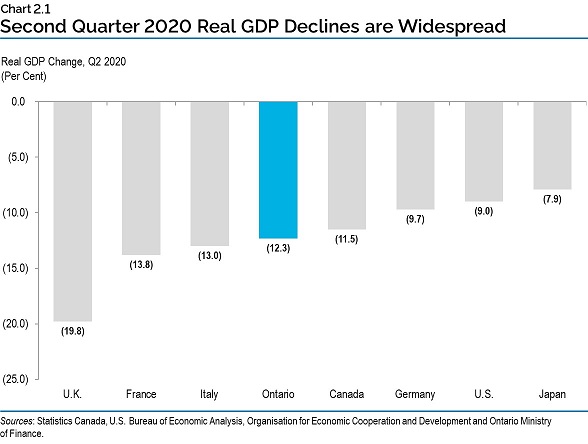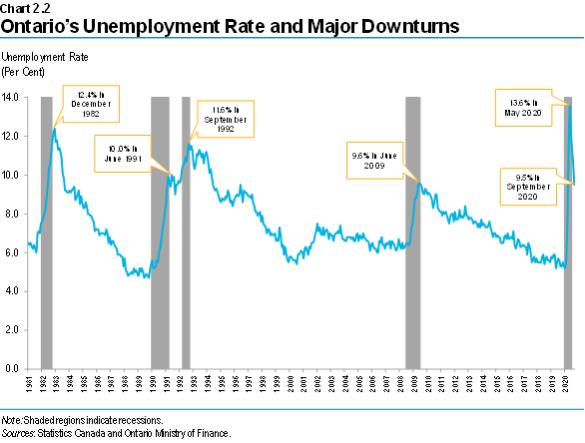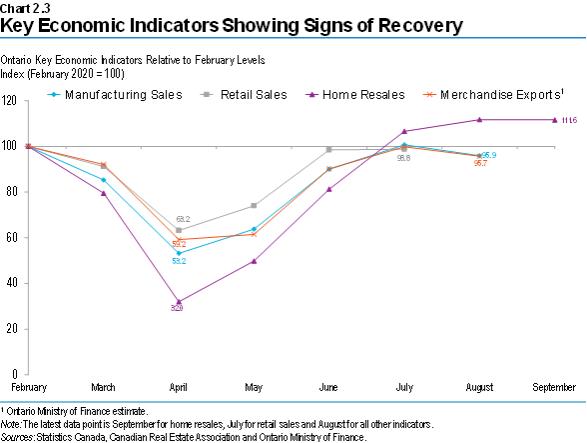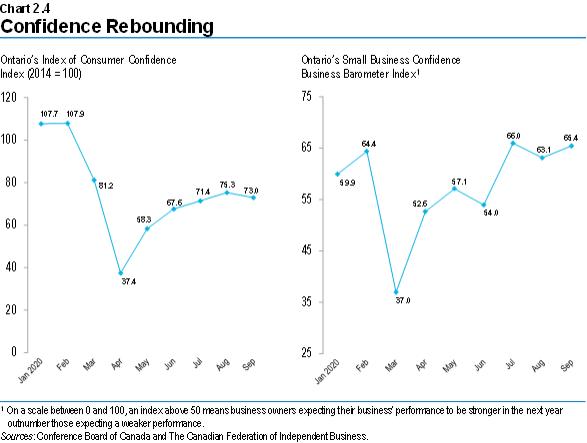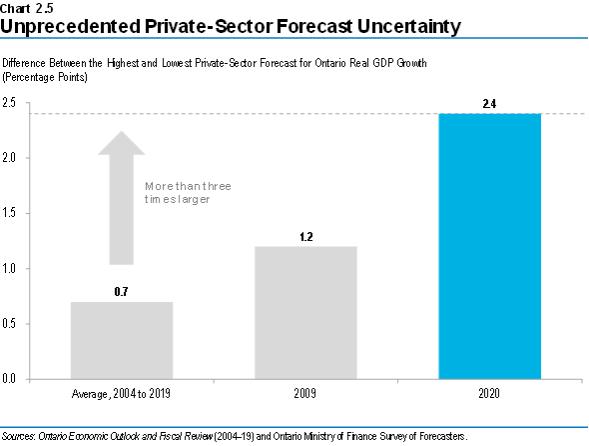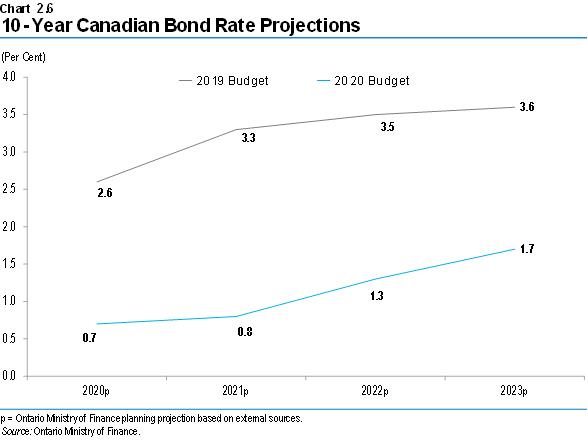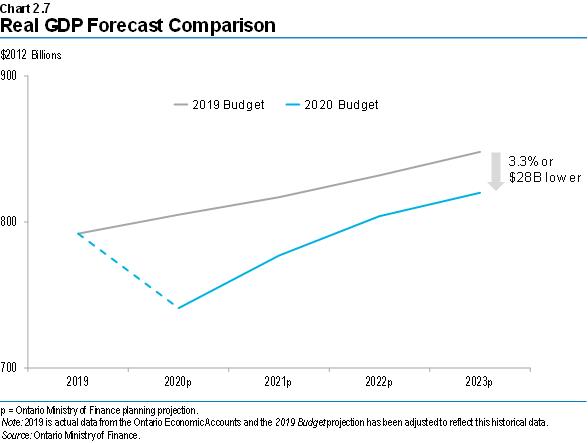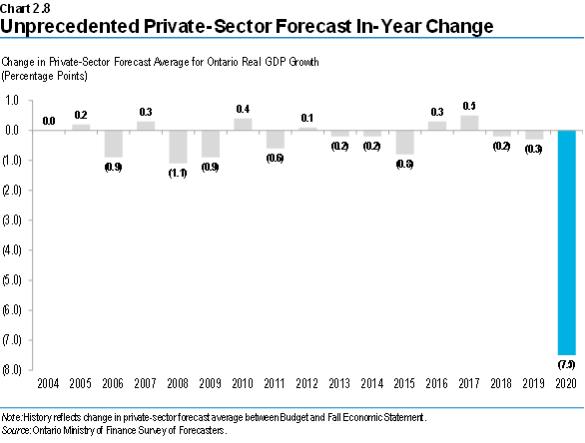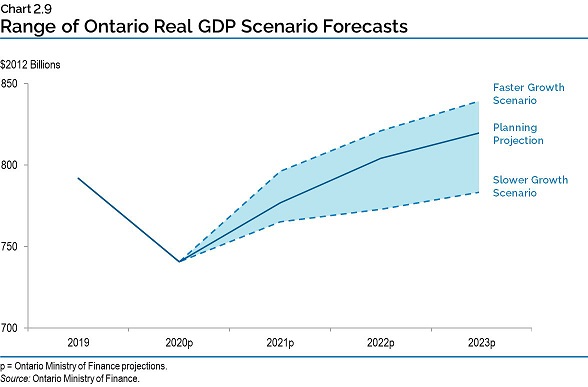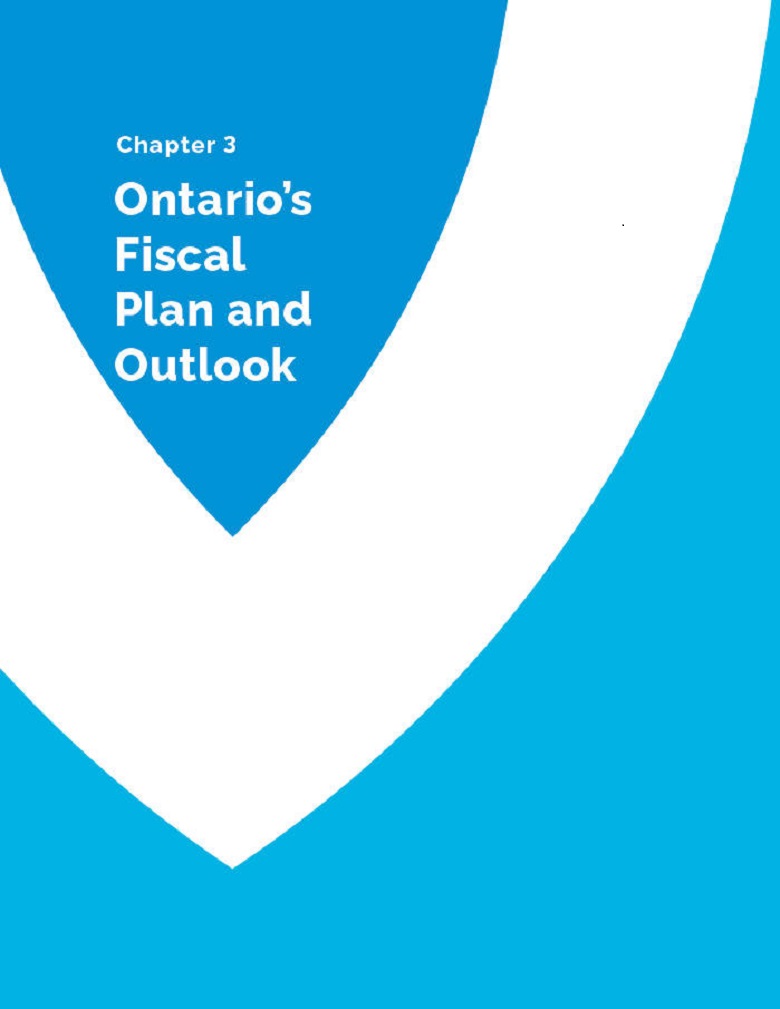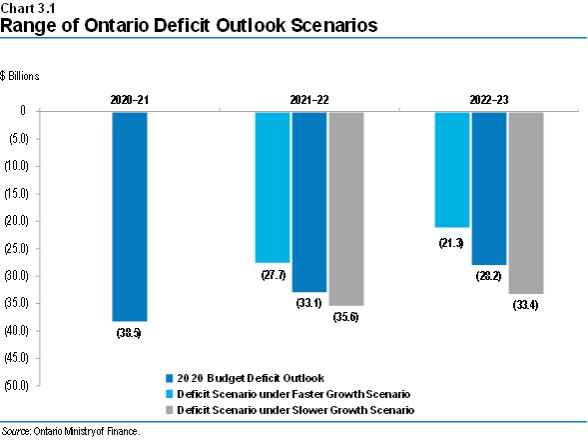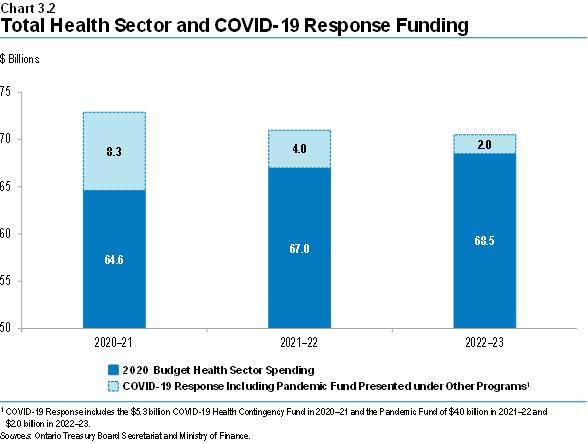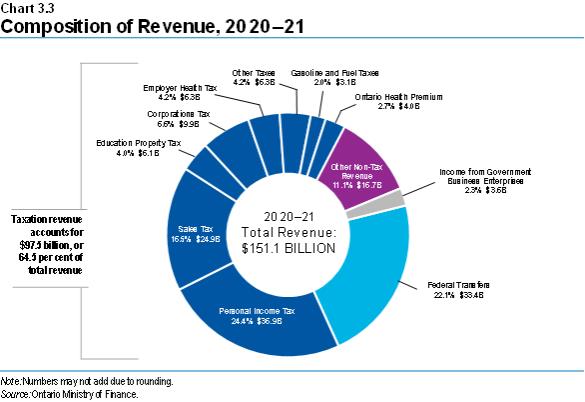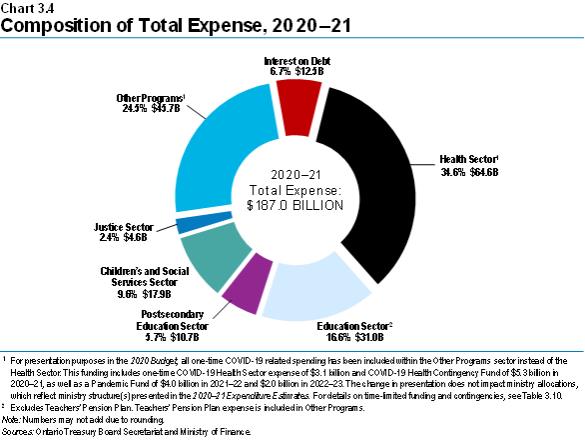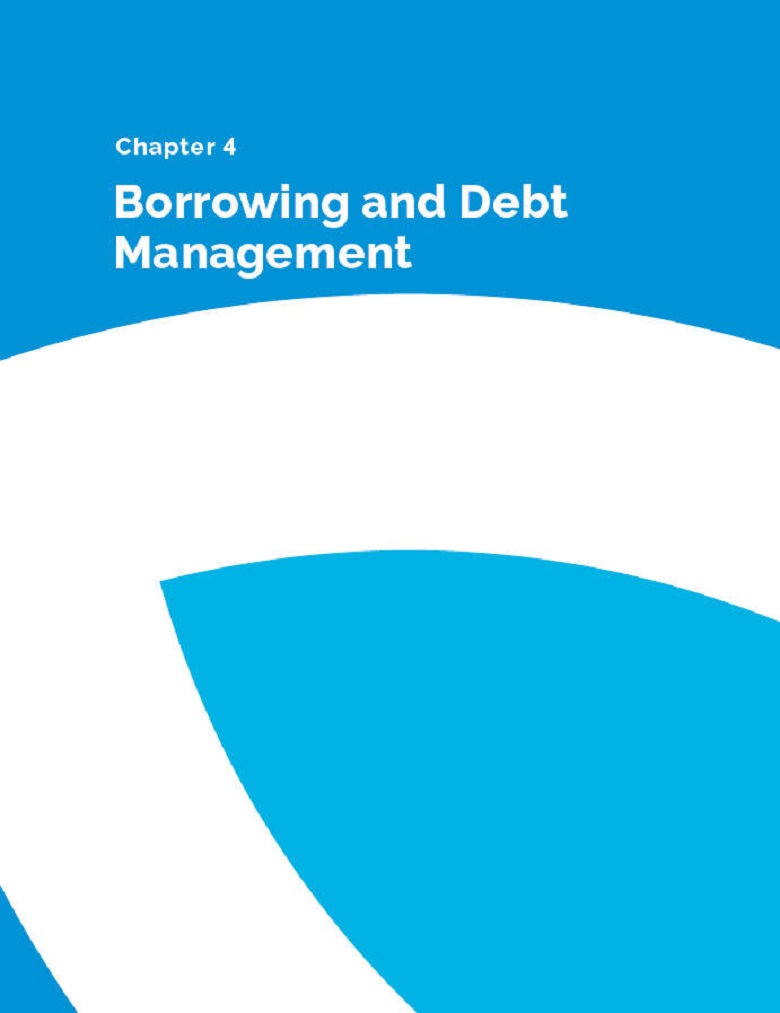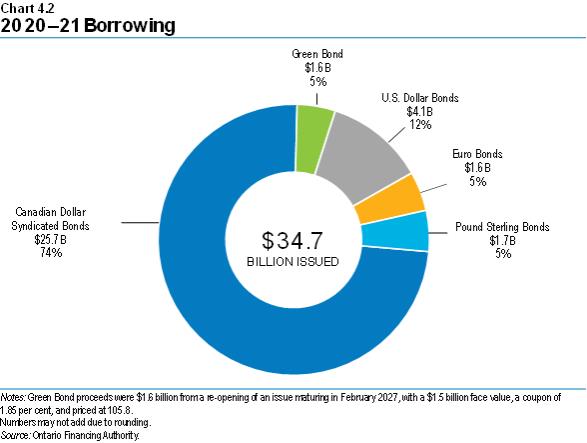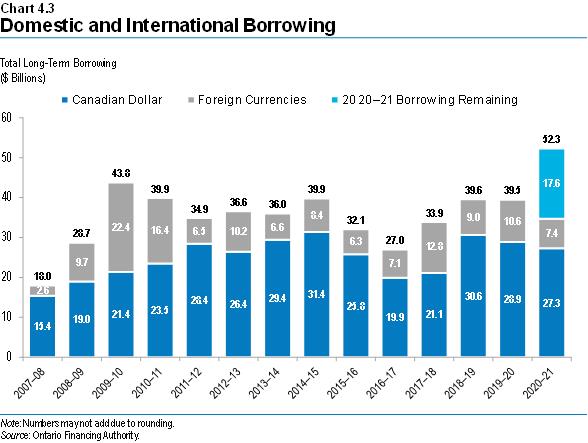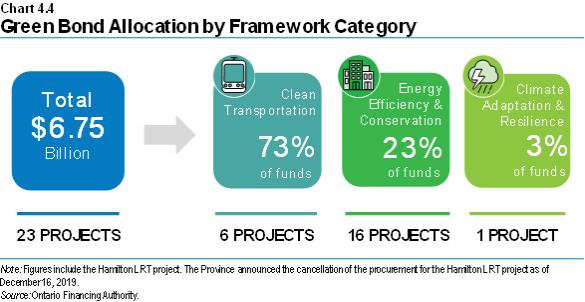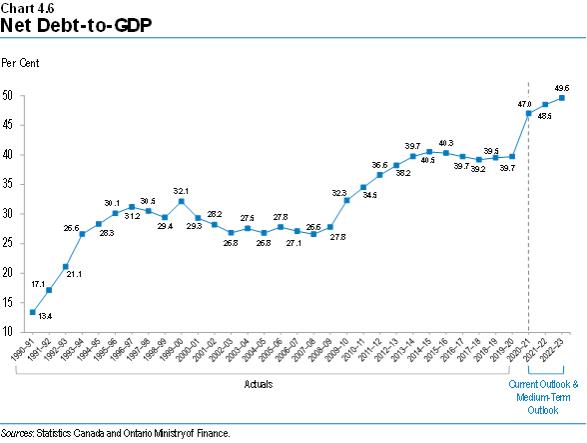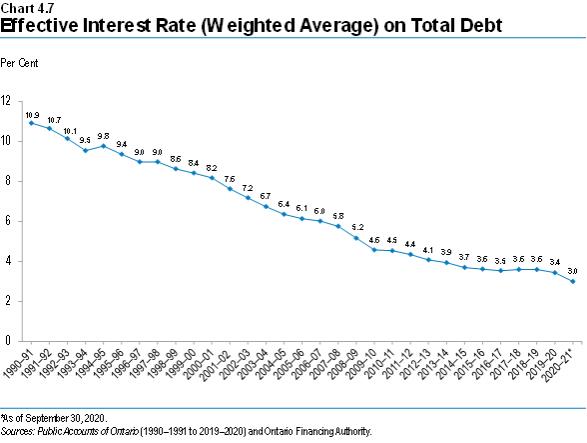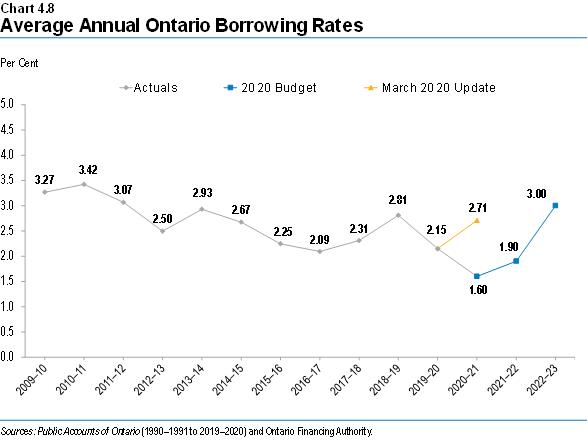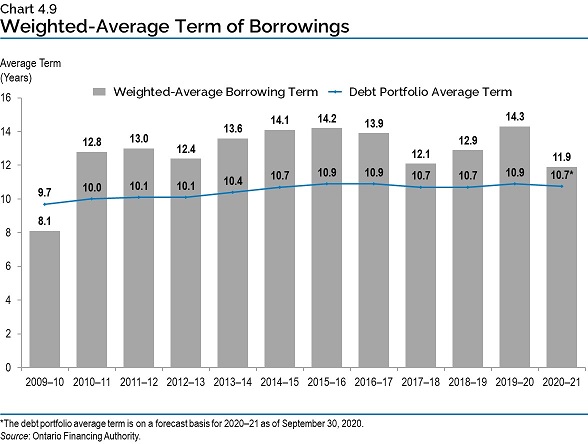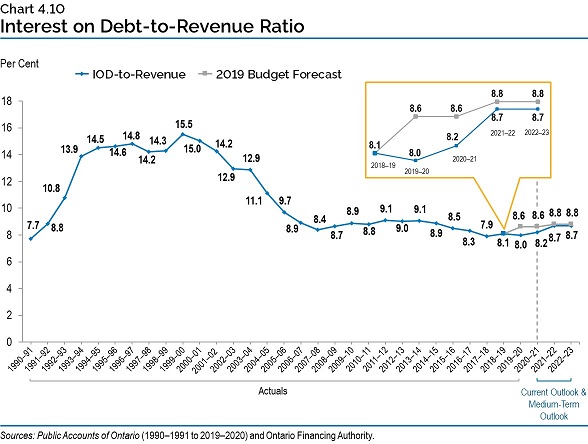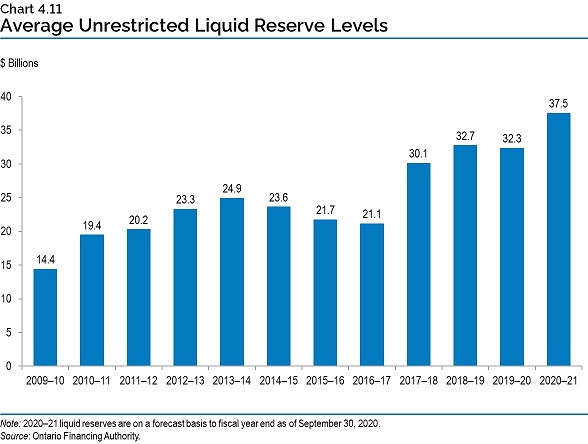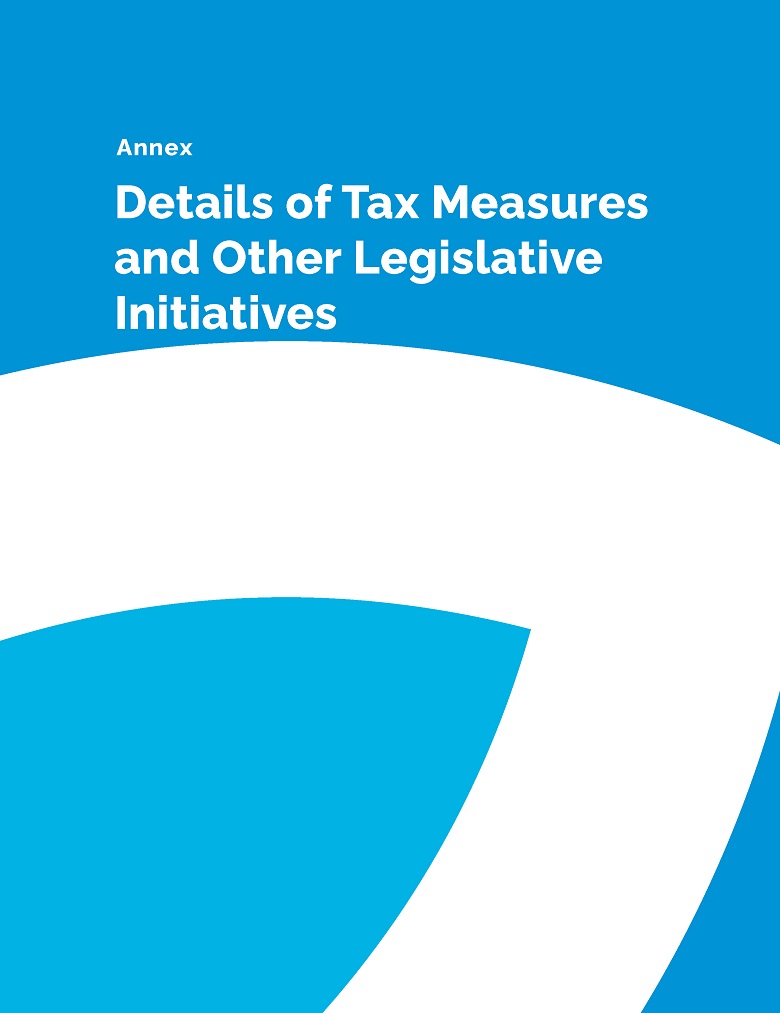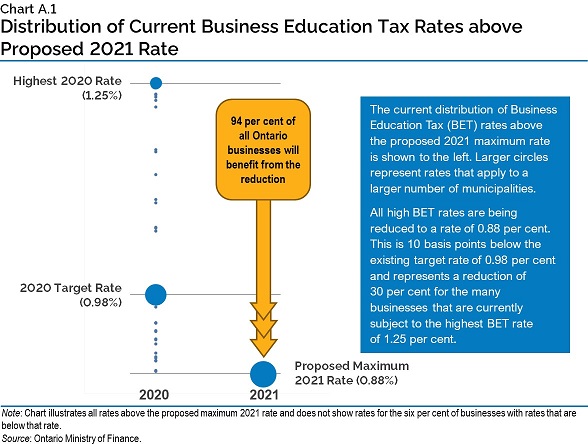Ontario’s Economic and Fiscal Outlook in Brief
Ontario’s Economic and Fiscal Outlook in Brief
The COVID-19 pandemic is having unprecedented impacts on economies around the world, including in Ontario. While the Ontario Spirit — hard work, innovation and responsible behaviour — helped the province through the first wave, Ontario is now clearly in the middle of the second.
By making early progress in restoring fiscal sustainability, this government was able to respond to the COVID-19 outbreak from a position of strength. Released in the early stages of the pandemic, Ontario’s Action Plan: Responding to COVID-19 outlined the government’s initial response to the first wave of the global pandemic. Through the 2020–21 First Quarter Finances, the government updated Ontario’s Action Plan: Responding to COVID-19, bringing the Province’s total COVID-19 response to a projected $30 billion.
The government is now introducing the next phase of Ontario’s Action Plan: Protect, Support, Recover. This Budget is a prudent plan that will maintain stability, get the province through future waves, and begin building the foundation for a strong economic recovery fuelled by growth.
For 2020–21, the government is projecting a deficit of $38.5 billion, unchanged from the deficit forecast at the time of the 2020–21 First Quarter Finances. Over the medium term, the government is forecasting deficits of $33.1 billion in 2021–22 and $28.2 billion in 2022–23. While Ontario’s current levels of spending are critical to get through the pandemic, the government recognizes that this is unsustainable over the long term, thus the focus on building a foundation for recovery fuelled by economic growth. Acknowledging the continued uncertainty of the global pandemic, the government plans to table a path to balance in the 2021 Budget.
As with any forecast, there are numerous risks that are taken into consideration when determining the Province’s fiscal framework. The 2020 Budget is being released when global economic conditions are highly uncertain, and there are a variety of factors beyond the Province’s control, which may impact the fiscal outlook. Given the heightened uncertainty, the government is presenting two plausible alternative scenarios to be transparent regarding the risks in the current environment.
As of October 13, 2020, the Province had completed $34.7 billion of the forecast 2020–21 total long-term public borrowing program of $52.3 billion. Ontario’s 2020–21 net debt-to-GDP ratio is now forecast to be 47.0 per cent, compared to 47.1 per cent at the time of the 2020–21 First Quarter Finances. Ontario is projected to pay $12.5 billion in interest costs in 2020–21, unchanged from the forecast in the 2020–21 First Quarter Finances.
A key element of the government’s plan is investment in infrastructure, including strategic investments in transit, highways, schools, hospitals and broadband. Planned investments over the next 10 years total $142.9 billion, including $13.6 billion in 2020–21. These investments are fundamental to the government’s made-in-Ontario plan for growth, renewal and long-term recovery.
3
